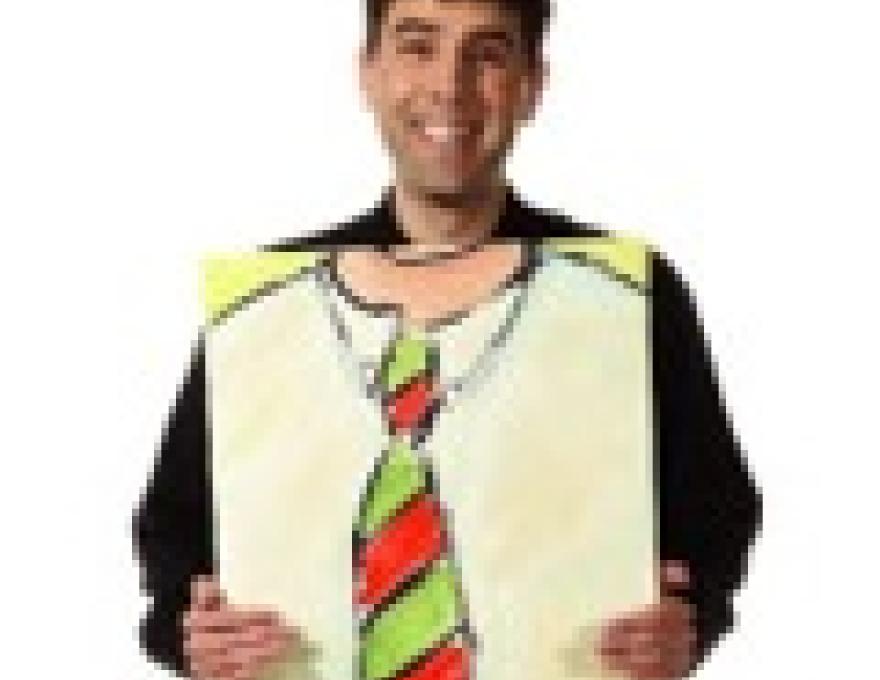by Robert H. Zondag
As a home educator, you are acutely aware of the importance of art curriculum and have decided to 'tackle' the subject. But where do you begin? Just like other subjects, it is important to have a strategy for success-namely, written objectives and course planning. In this article, we examine how to approach art history, considered a cornerstone of any art education program. Whether you are planning to design a course yourself or evaluate a prepackaged program, there is an important framework for viewing art history.
First, identify the major art movements essential to the history of art. Check out a book from the library or purchase a book that will provide an overview of the subject's history. If you are reviewing a publisher's program review how the history is presented. Is it easy to follow? Do you understand what is being presented? As the educator, you should be familiar with key movements and be able to identify when the movement occurred. When exploring a particular art movement, you and the students should further learn:
o The major artists within the movement (Example: Sandro Botticelli, Early Renaissance)
o Identification of works of art by the artist
o Why is the artist grouped into this movement?
o What made the artist historically significant to the movement?
o The time period of this art movement in relation to the history of art (Example, International Gothic preceding Renaissance)
o The characteristics common to all artists within the period (Example, strong colors and expressive brushwork of the Fauvists)
Art history goes beyond learning dates and names. Unlike some subjects, it lends itself to cross-discipline exploration. Any course design, whether by you, or a publishing house, should ask some key questions to engage students. These questions should help the child:
o Place the movement into the greater cultural context (For example, how did the Inquisition influence Spanish Baroque?)
o Place the movement into the greater historical events happening in conjunction with a particular art movement (For example, what political changes were sweeping across France during the advent of Impressionism?)
o Place the personal expression of the artist within the movement (For example, how did Frederic Bazille's upbringing in southern France influence the choice of color and composition in his painting?)
Arming your child with an appreciation of art begins with understanding its history. With the right planning and written objectives, you can be the catalyst of this foundation for your child. Review the framework given, ask questions, and begin exploring-you'll be amazed at your own discoveries!
For a free glossary of art movements to help begin your art history planning, please contact me:
Robert H. Zondag
Regional Program Director
Young Rembrandts
729 Summit Ave
St. Paul MN 55105
Robert.Zondag@youngrembrandts.com
612.382.6745
651.292.1582 (fax)
As an artist, Robert H. Zondag has turned his passion into teaching children and adults to both create and enjoy the visual arts. He continues to act as a catalyst and consultant for administrators, educators and parents to design and assess art education programs. As a Regional Program Director for Young Rembrandts, Robert works with various districts, community education programs, private institutions, and home educators to incorporate successful drawing courses into schools, early education programs, and summer enrichment sessions.






